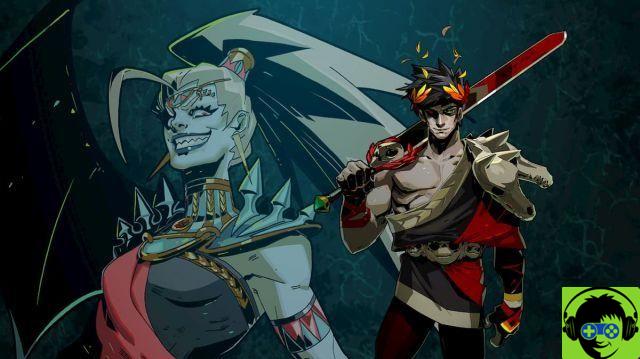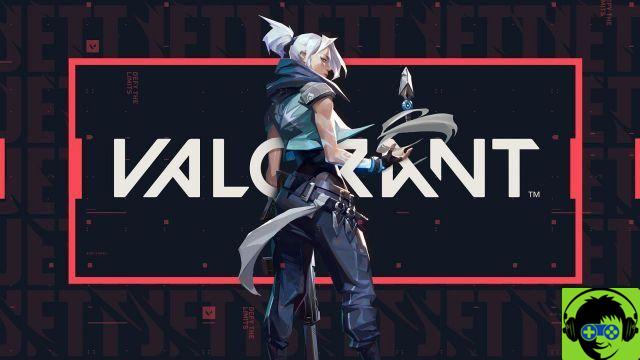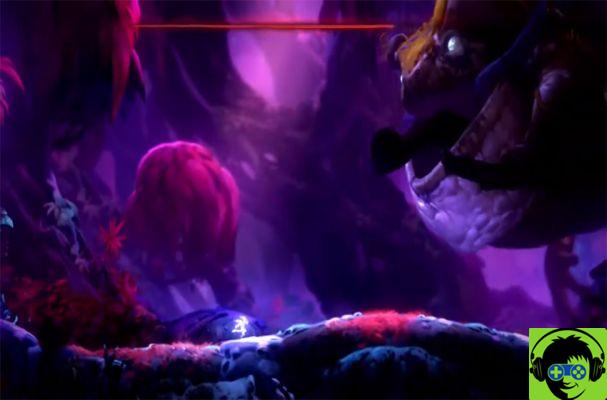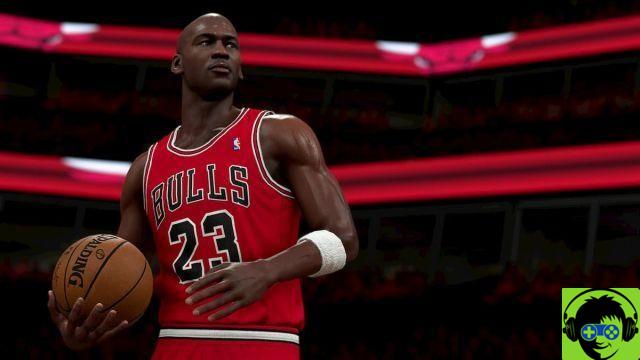
It has already been three years since we told you about the first Nioh on this site.
Team Ninja's new IP, which was initially announced under the title of Oni, was originally to be released on the now retired PlayStation 3.
The development was very troubled, leading the title to disappear from circulation, leaving a silence that ended only after almost ten years.
Fortunately, the release of Nioh was a great success: the hybrid between Hack 'n Slash and Souls-Like has fully succeeded in its intent, creating a new circle of fans coming from the titles of From Software or from the now remote saga of Ninja Gaiden.
Today we are here instead to talk to you about the second chapter of the series, announced during E3 of 2018 but constantly kept in the spotlight, offering users the alpha and beta to find the right balance of difficulty.
We had the pleasure of being able to get our hands on the game, and we will therefore tell you all the improvements we have found in the course of the countless games played.
The beginning of the conflict
Don't be fooled by the title - the game is a prequel of the first chapter set in 1500.
The first thing he will ask us to do is customize our character, choosing the sex and physical features. So we will no longer have a fixed character like that of William Adams of the first chapter.
The protagonist is none other than the son of the troubled love of a valiant Samurai for a noble Nigitama, one of the most benevolent Yokai in existence.
We will therefore find ourselves controlling a being with a high destructive potential, which, however, initially remains latent, occasionally resulting in an uncontrolled way.

The events will begin to take hold when, due to various nefarious events, we will be transported away from our loved ones, finding ourselves filled with anger in a hostile environment.
The destiny of our character will therefore be to create his own place in the feudal history of the Sengoku, trying to destroy the forces of evil but at the same time using the tyrants of the time, such as the young Oda Nobunaga.
As much as history should be a side element, interest in it has always been growing. Especially after the first chapter, the game will reveal more and more about our dark past, trying to join the threads to reach a final picture of the story.
At the same time, Nioh 2 takes care of tell of the facts that really happened, creating a bewitching and always “alive” narrative mix between real story and fantasy.
Arriving at the final stages, however, the plot will begin to present several critical points.
Due to very questionable choices, in fact, the game will begin to lose pieces and a break the rhythm of interest, above all because you will have the impression of reliving the same events but in a slightly different key, just to extend the longevity of the main story.
Despite everything, we are still light years ahead of the story of the first chapter, and for those who have played the latter will also find pleasant surprises, such as the presence of characters already seen during William's adventures.
Fast-paced and highly punishing, yet satisfying gameplay
In Nioh the gameplay has always been very hectic, inheriting the speed of what Ninja Gaiden was in the days of the first Xbox. The sign of Team Ninja is always clearly visible, especially in the excited phases of the fighting.
Also in this case, the learning curve of the gameplay will be very steep, due to the mechanics that are not at all simple, of the three battle poses (or stance if you prefer) whose learning will require a large amount of time and in general of the mechanics of gameplay of every enemy you encounter.
In clashes it is also important not to let the Ki bar download, trying to measure one's stamina and have a stable Ki rhythm. Mistaking the latter can easily lead to death, as the character will remain helpless for a few seconds, at the mercy of enemy blows.
Finally also the ranged weapons have undergone a rework, making the aiming system much more stable and integrating them perfectly within the various fights.
Obviously there will be no lack of new weapons, and in this chapter two new unpublished types have been introduced: snap-on glaive e double axes.
The first allows you to perform long and devastating combos alternating long and short range based on the position chosen during the fight.
The second, on the other hand, allows you to inflict heavy damage against enemies, however having a much slower pace and risking to easily run out of Ki.
As you may have understood, not much has changed since the first chapter, since also here the correct use of the Ki rhythm is among the most important elements of the gameplay of Nioh 2.
Unfortunately, many defects have also been inherited from the predecessor, such as sporadic ghost hits by enemies, which will punish the player even though he is already at a safe distance.
To make the gameplay a bit more difficult is the regno Yokai, which will cause a penalty to the regeneration of Ki, while increasing the bars of our spiritual Yokai techniques.
In this chapter we can assimilate the most ferocious Yokai, which will allow us to have two dedicated moves. Each technique has its own cooldown, which for some will start after two uses, while for others more devastating even after a single one.
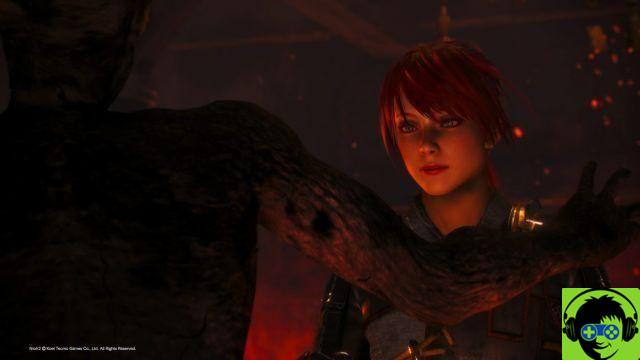
Feature demoniache
Among the new additions is the much advertised form Yokai of our character, who only increases our damage during the most eventful battles.
The transformation time is limited, but there are three different forms for the mutation: Fierce, Ghost and Brutus. Each form will allow us to enhance certain elements of our character, from stronger attacks and enhanced speed.
In all our hours of play, we have found it much more convenient to use this mode as a sort of final resource, in order to be able to eliminate enemies faster in case we have consumed all the Elixirs and have no way to defend ourselves against enemies
One of the improvements made by this chapter over the previous one is the level design, which is now extremely more inspired and allows you to enjoy maps that are almost always completely new, but above all interesting to explore.
The so-called also return Revenant, or the ghosts of online players who died during their quests within the mission.
In this chapter, however, there is a novelty, namely the so-called Tombs of Mercy, which allow the player to summon a helper (based on the statistics of other players) using the Ochoko cups.

Greater care for advancement
The progression of the character has been given much more care than in the first chapter.
This time we will have a full screen dedicated to the Skill Tree of the techniques, where you can refine not only those dedicated to the type of weapon chosen, but also to those of mastery, dedicated to both of our forms (Yokai and Samurai).
We were disappointed, however, by the crafting system which remained identical to that of the first Nioh, adding only small marginal innovations that do not, however, change the entire structure too much.
Unfortunately, we also have bad news regarding the summoning of guests. THE waiting time in fact they are really long, despite the game being very populated, giving us reason to believe that the problem lies in the game's servers.
Fortunately with the Torii portal it is possible to speed up the process, allowing us to be matched with a group of people who want to face the mission we want and also giving us the opportunity to wait for everyone to be ready within a preparatory lobby.
This is an interesting change that encourages the possibility of enjoying the title even in the company of friends without having to put too much hand on the online settings.
Another flaw of the online mode lies in the death of the players. Once the resurrection bar has been downloaded, it will not be possible to start from the last sanctuary, but you will have to tackle the mission all over again.
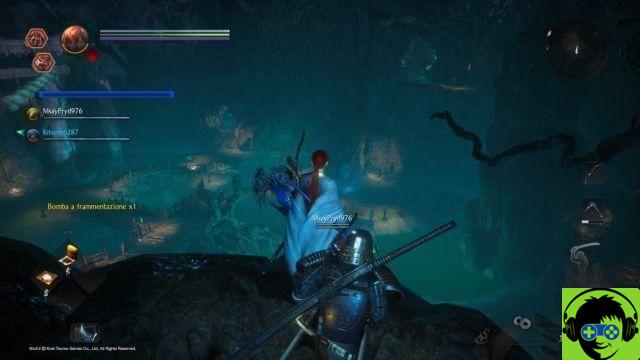
Old flaws and new improvements
Also this time there is the Tea Room, which will allow us to view the battles between clans and then be able to redeem through the Glory of the unique rewards.
The new graphics engine manages to bring out the beauty of Japan in the Sengoku era, showing a bewitching play of light that is always pleasant to see. We were also satisfied by the particle effects that season the scenic parts of the story, enhancing them in the best possible way.
On a technical level it is very stable, but above all it allows us to choose between two modes: graphics or performance. The first gives us a much more refined graphics sector, while the second of higher performance and a much more stable framerate.

Despite the active graphics setting, the game does not allow you to fully enjoy high-quality textures, also because many of them have been recycled from the first chapter. Despite everything, overall it remains a pleasant and not too outdated graphics engine.
We fully approve of the Japanese dubbing, which highlights the most exciting moments of the main narrative, while also enhancing the various facial expressions of the character models.
Especially promoted the soundtrack, which we remind you that it is finally available on Spotify together with that of the first chapter, which we strongly recommend you to listen to.
In conclusion
After all these considerations, it's time to give the final verdict: Nioh 2 it is certainly a great title, and Team Ninja has managed to improve an already pleasant structure with new mechanics that season the game action and highlights a high but satisfying difficulty.
The ability to customize your character down to the smallest detail thanks to a very deep editor it was an apt move, allowing the player to have total empathy and build their personal story like a real Nioh.
For us it is a highly recommended title for those looking for a satisfying challenge. For our part, we can't wait to get back into battle with the new additional content planned for the course of the year.







